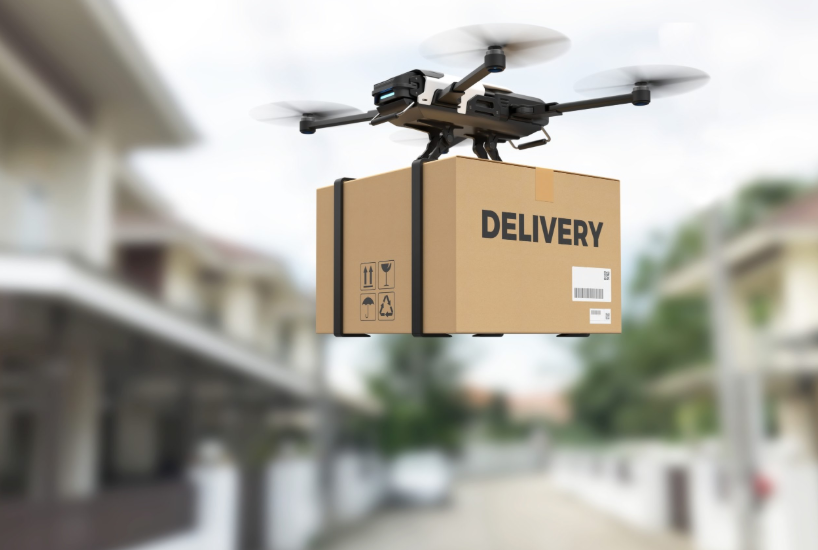The integration of autonomous drones in logistics represents a significant shift in supply chain dynamics. These aerial vehicles enhance last-mile delivery efficiency while potentially lowering costs. However, challenges such as regulatory hurdles and safety concerns persist. As technology continues to advance, the logistics sector must adapt to these innovations. The implications of this evolution raise critical questions about future operational frameworks and customer experiences in an increasingly automated landscape.
The Role of Autonomous Drones in Last-Mile Delivery
As urban populations grow and e-commerce demands increase, the integration of autonomous drones into last-mile delivery systems emerges as a pivotal solution.
These drones enhance delivery efficiency by bypassing traditional traffic constraints.
However, the successful implementation hinges on comprehensive drone regulations to ensure safety and operational standards, balancing innovation with public concerns and paving the way for a more liberated logistics ecosystem.
Benefits of Implementing Drones in Inventory Management
The integration of autonomous drones extends beyond last-mile delivery, presenting significant advantages in inventory management.
These drones facilitate real-time inventory tracking, enhancing operational efficiency by reducing manual labor and human error.
Additionally, their ability to quickly scan and assess stock levels leads to substantial cost savings.
Consequently, businesses can optimize their inventory processes, ultimately fostering a more agile and responsive supply chain.
Challenges Facing the Integration of Drones in Logistics
What obstacles must be overcome to fully realize the potential of drones in logistics?
Key challenges include regulatory hurdles that restrict flight operations and infrastructure limitations that hinder efficient integration into existing supply chains.
Addressing these issues is essential for unlocking the advantages of autonomous drones, enabling faster deliveries and reduced operational costs, while also fostering a more flexible logistics ecosystem.
See also: le-boss-du-turf.com
Future Trends and Innovations in Drone Technology for Logistics
While advancements in drone technology continue to evolve, several promising trends are shaping the future of logistics.
Enhanced automation, real-time data integration, and improved battery efficiency are on the horizon.
Additionally, the development of adaptive drone regulations will address aerial safety concerns, facilitating broader deployment.
These innovations will empower logistics firms, ultimately leading to increased efficiency and reduced operational costs in the supply chain.
Conclusion
In a world where drones are heralded as the saviors of logistics, one might ironically ponder the fate of traditional delivery methods. As these autonomous marvels soar through skies, eliminating delays and costs, they simultaneously cast a shadow over conventional practices. Yet, in overcoming challenges and embracing innovation, the logistics industry finds itself at a crossroads, where reliance on these flying couriers may inadvertently ground it in complexities unforeseen, highlighting the paradox of progress in an age of automation.









